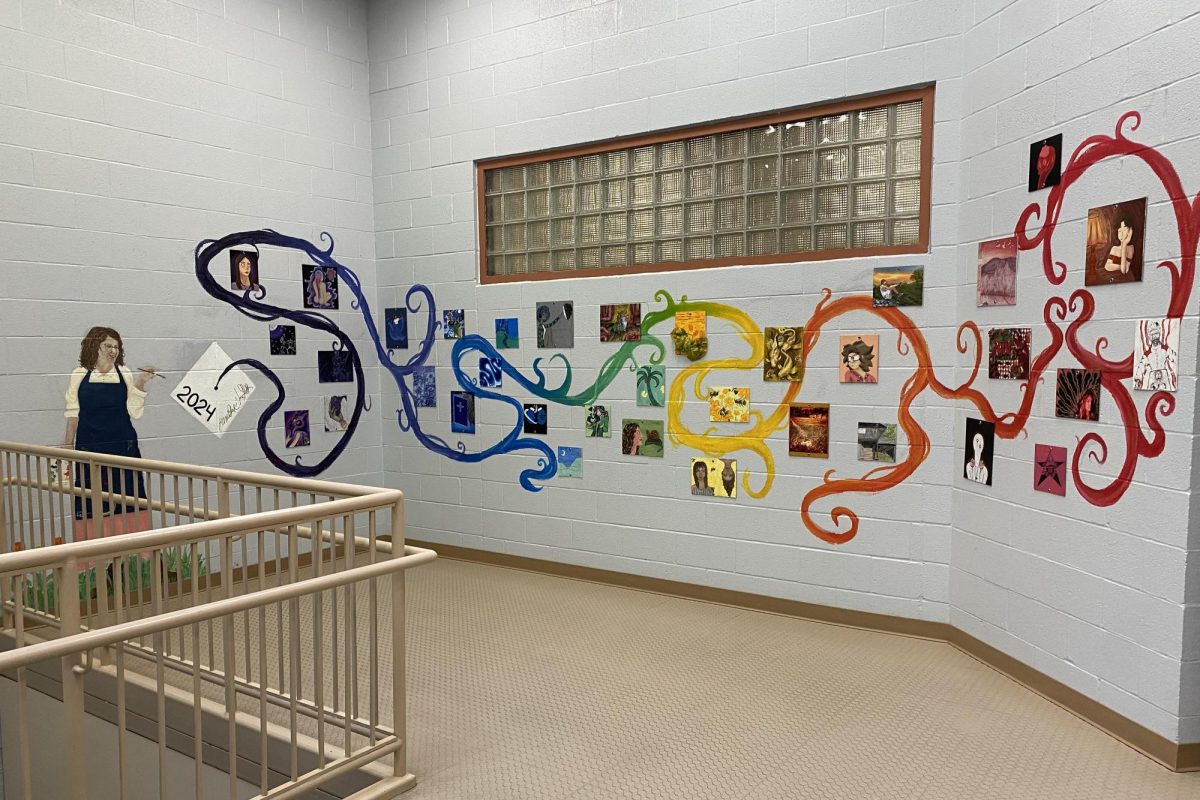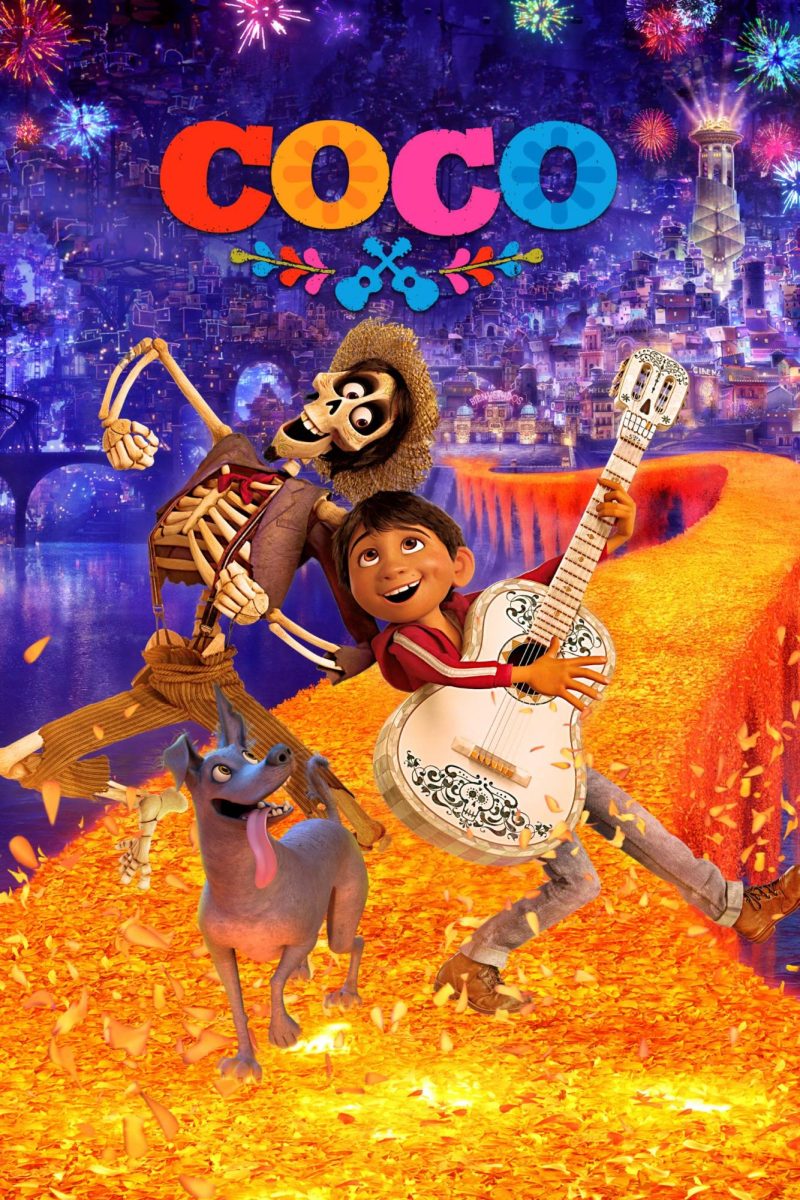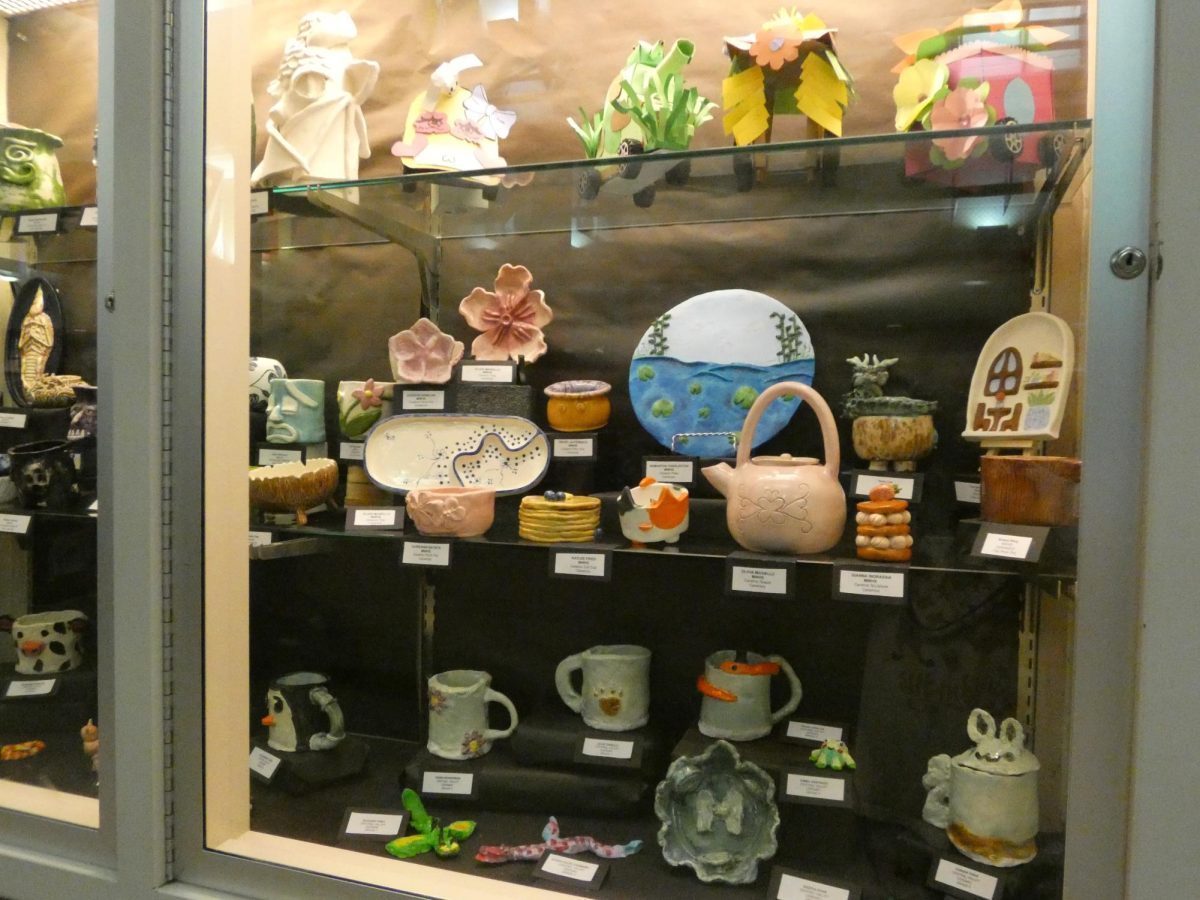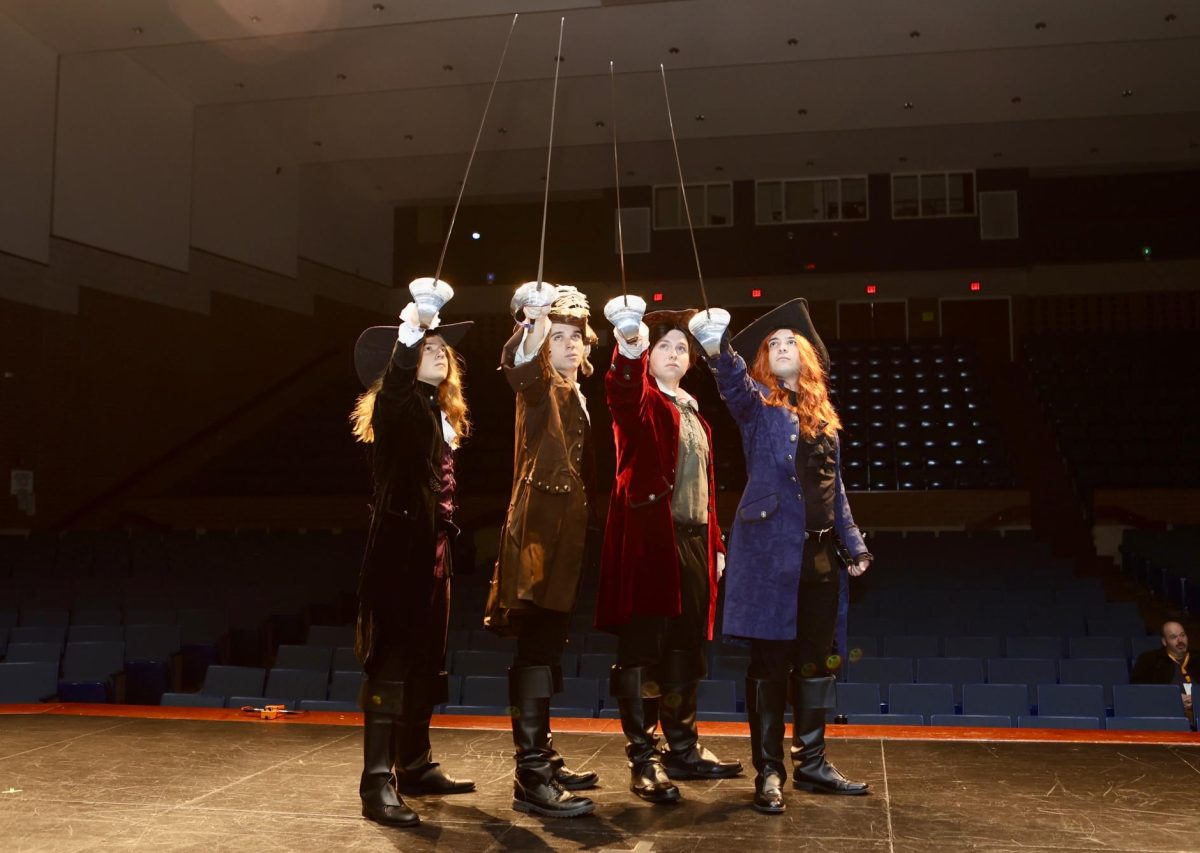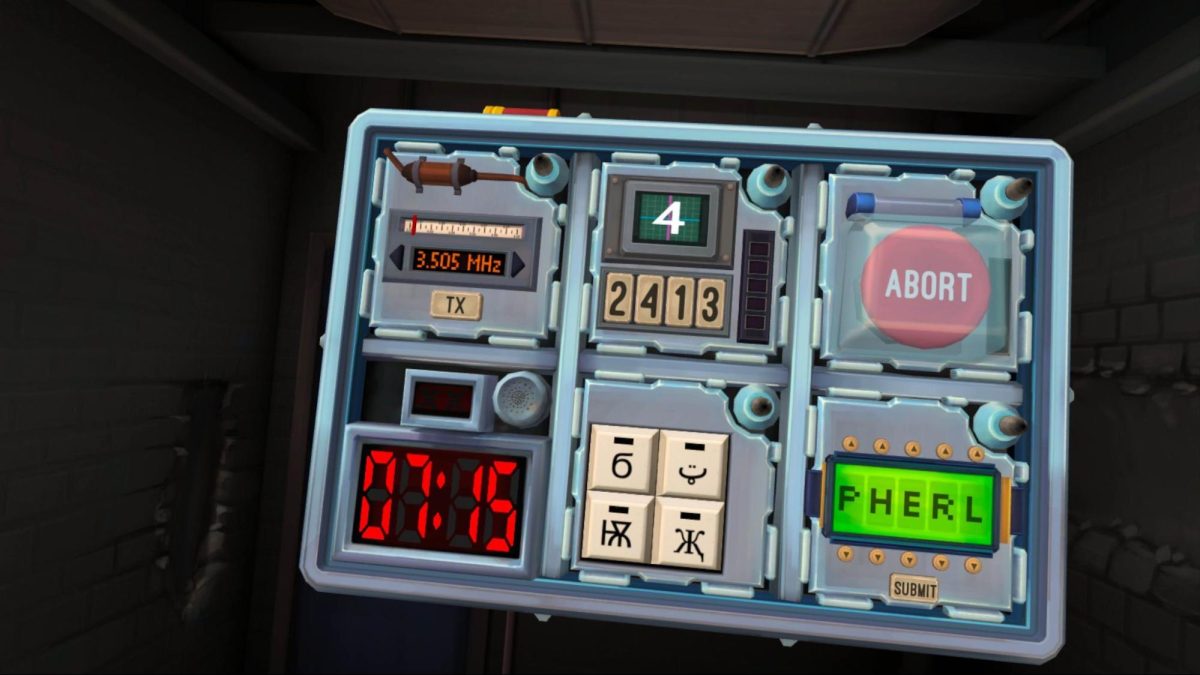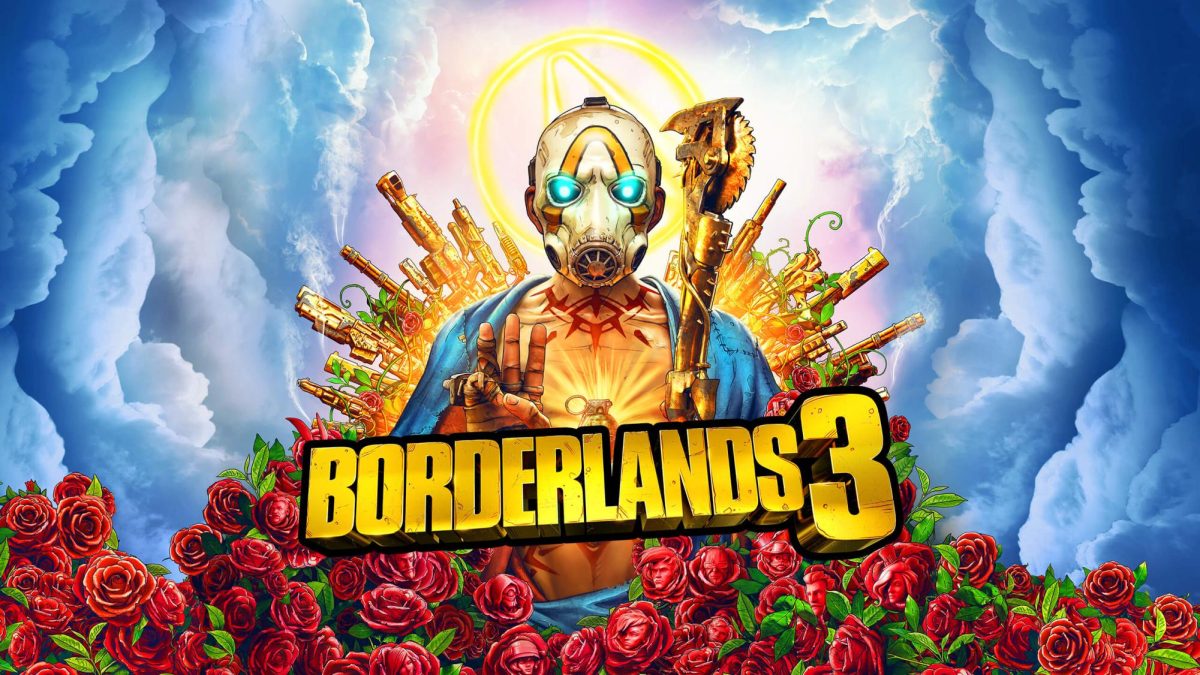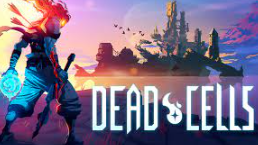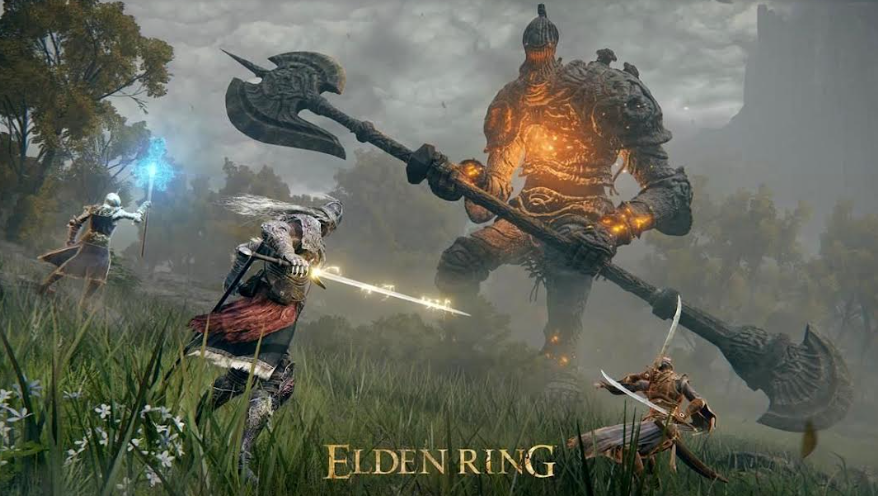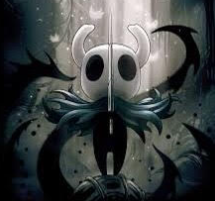Ink: The Life of Pi – A Response
May 18, 2021
Martel’s Life of Pi offers a great tale of Pi and his heroic survival being stranded in the middle of the ocean with zoo animals. While this does make for a great story, this is not the fullest extent of what the author is trying to convey. Martel sets up his book by offering a nested story, with having a fictional background story to set up for the main story that most of the book is about. This elaborate storytelling method allows for the author to deliver a deeper meaning of his story to the reader, not just about the story of Pi, but what telling the story itself means. Life of Pi’s message is not only about what is true and real, but how fiction can deliver this truth in profound ways.
Life of Pi has been centered around its storytelling setup. The author’s note sets the context for the main story that is about to take place. From the beginning, Martel’s storytelling muddles our reality in his use of the first person to talk about how he came across the story of Pi. As the author states, this was “a story to make you believe in God” (XI). The author’s descriptions and choice of words offer doubt to the audience as to whether or not the author’s note is also a part of the story. This doubt within the story is one of the main themes throughout the novel and foreshadows later instances where the truth is obscured for the sake of storytelling. During the end of the novel, Pi offers insight into the nature in which we understand our reality: “The world isn’t just the way it is. It is how we understand it, no? And in understanding something, we bring something to it, no? Doesn’t that make life a story?” (167). Pi’s response to the Japanese officials applies to the main themes of the novel, serving as the commentary to how people view their own reality. Just because there are some absolute truths in the world, doesn’t mean we can interpret what they mean to us in our own way. This gives power to the main theme of storytelling throughout the novel, as a story can be the medium to which we are able to interpret what is real. Martel uses this concept to weave in his own interpretation of truth under the pretext of his captivating story.
Throughout Pi’s ordeal, there is an increase in doubt as to the believability of Pi’s story. At the beginning of the ordeal, Martel already gives us signs that the story may seem very unbelievable. When Pi was thrown overboard onto the lifeboat he descended “forty feet below. It was a miracle I didn’t hurt myself.” (60). For the audience, they start out with a suspension of disbelief, but this disbelief cements itself within the reader’s mind and throughout the rest of the story it becomes more and more unbelievable. This all comes to a head when the Japanese officials interview Pi about his story when he reveals what could be the dark truthful tale: that all the animals were humans, and he was forced to kill and cannibalize another person in order to survive. But Pi poses a significant question, “since it makes no factual difference to you and you can’t prove the question either way, which story do you prefer?” (178). Pi’s inquiry makes a profound statement about the novel. Pi’s argument that if you can’t prove either story to be real, then what does it matter if they are. Even if the story with the animals becomes more and more unbelievable, does it really matter? Martel is trying to convey that through the fictional story with the animals, you are better able to give a message with a meaning to the audience, rather than the story with the humans, as its gruesome depiction of murder and cannibalism has little to provide for the audience. Martel is claiming that the world is more than just what is factually correct, but rather what the audience sees and perceives as their own reality.
Through Martel’s intricate weaving of embedded fictitious stories, he offers his own analysis of fiction, and how he can use fiction to offer insight into our own reality. Even since the beginning of the novel in his author’s note, Martel makes the audience question what is real when trying to decipher if the author’s note is fictitious or not. He then creates more doubt by stacking unbelievable events that take place in the story of Pi. He wraps up all of this by giving his own analysis of storytelling through the lens of Pi, who argues that for things in the world that we can’t know about, what does it matter which story is correct? Martel’s use of metafiction gives us insight into his own views of storytelling, and how we can better understand our own realities and truths through the context of a good story.


















